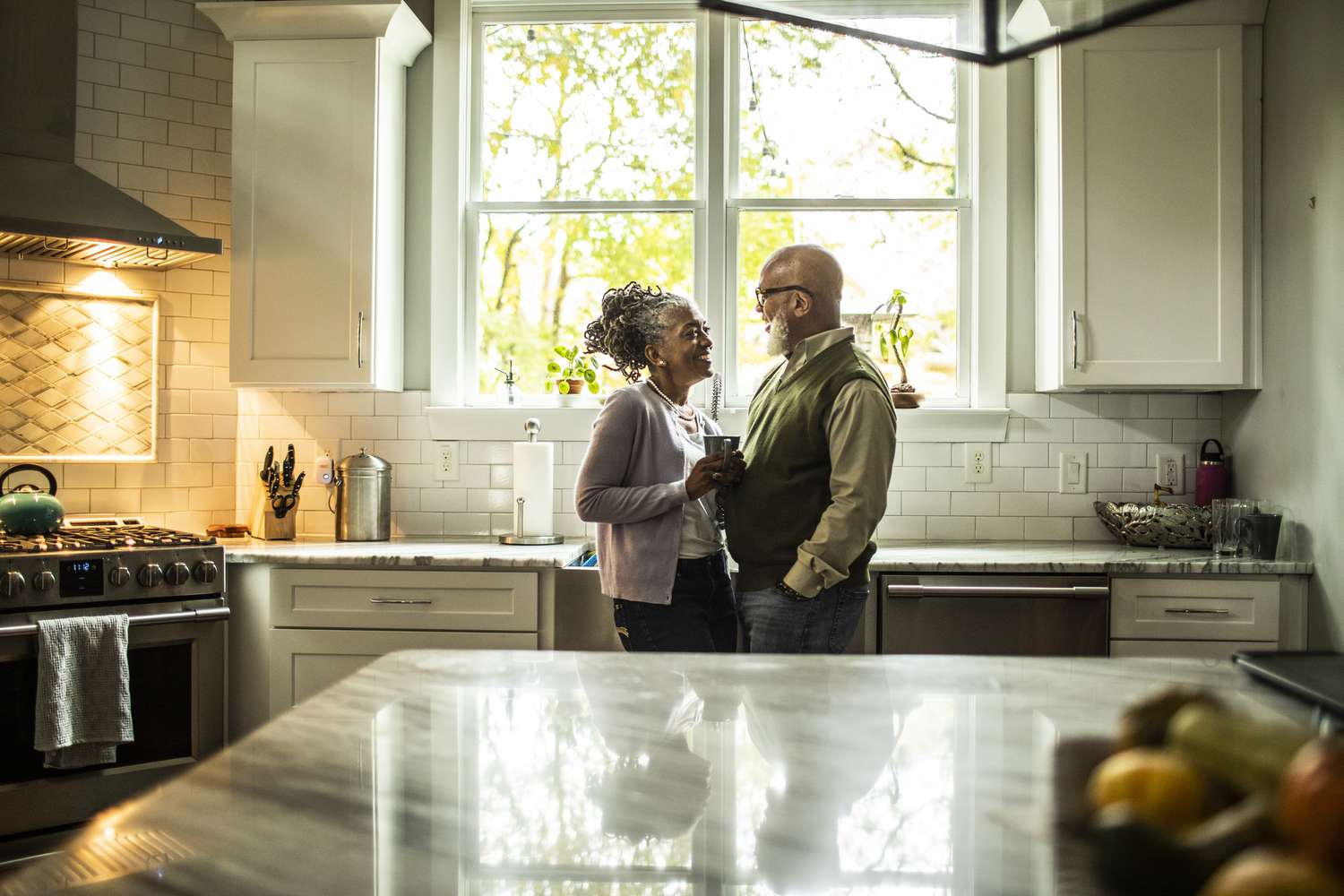
FHA 203(k) loans provide a unique opportunity to revive properties that are in need of repair and transform them into thriving homes once again. These loans are not just for investors; owner/occupants and nonprofit organizations can also take advantage of this program for one- to four-unit projects.
Through the power of FHA backing, borrowers can secure financing with as little as 3.5% down, making it easier to embark on projects that may have otherwise seemed out of reach. This means you can purchase a property that requires significant improvements and turn it into your dream home.
How FHA 203(k) Loans Function
FHA 203(k) loans are backed by the Federal Housing Authority (FHA), providing lenders with added security and potentially easier approval processes for borrowers. With a 203(k) loan, you not only finance the purchase of a home but also receive additional funds to cover necessary repairs and improvements.
Furthermore, these loans can be particularly beneficial for those who require temporary housing while renovations are underway. Borrowers may have the option to secure funds for alternate living arrangements until their property is ready for occupancy.
Project Management and Eligibility
Once approved for a 203(k) loan, funds are placed into an escrow account and distributed to contractors as work is completed. It's crucial to work with licensed contractors who understand the 203(k) process, ensuring a smooth rehabilitation project.
Eligibility for FHA 203(k) loans is open to owner/occupants and nonprofit organizations, offering them the opportunity to revitalize properties and contribute to the community. While investors are not eligible, one- to four-unit properties are eligible for this program, with condo and townhome owners also able to use 203(k) for interior projects.
Loan Specifics and Considerations
For a standard FHA 203(k) loan, borrowers must borrow a minimum of $5,000, with maximum limits set by the FHA that vary based on location. These loans offer flexibility for various home improvement projects, ensuring that most projects fall within the allowable limits.
Interest rates for FHA 203(k) loans can fluctuate depending on market conditions and credit history, and borrowers should anticipate slightly higher fees compared to traditional mortgage loans. However, the FHA backing may result in lower rates than alternative loan options.
With a minimum down payment requirement of 3.5%, FHA 203(k) loans provide accessible financing for borrowers. While the program restricts DIY projects and luxury item financing, borrowers have the freedom to undertake substantial home improvements that cater to their needs.
Despite potential challenges such as rigorous paperwork, time constraints, and required standards, FHA 203(k) loans offer a unique opportunity to transform distressed properties into cherished homes, making them a valuable asset to communities and homeowners alike.




















